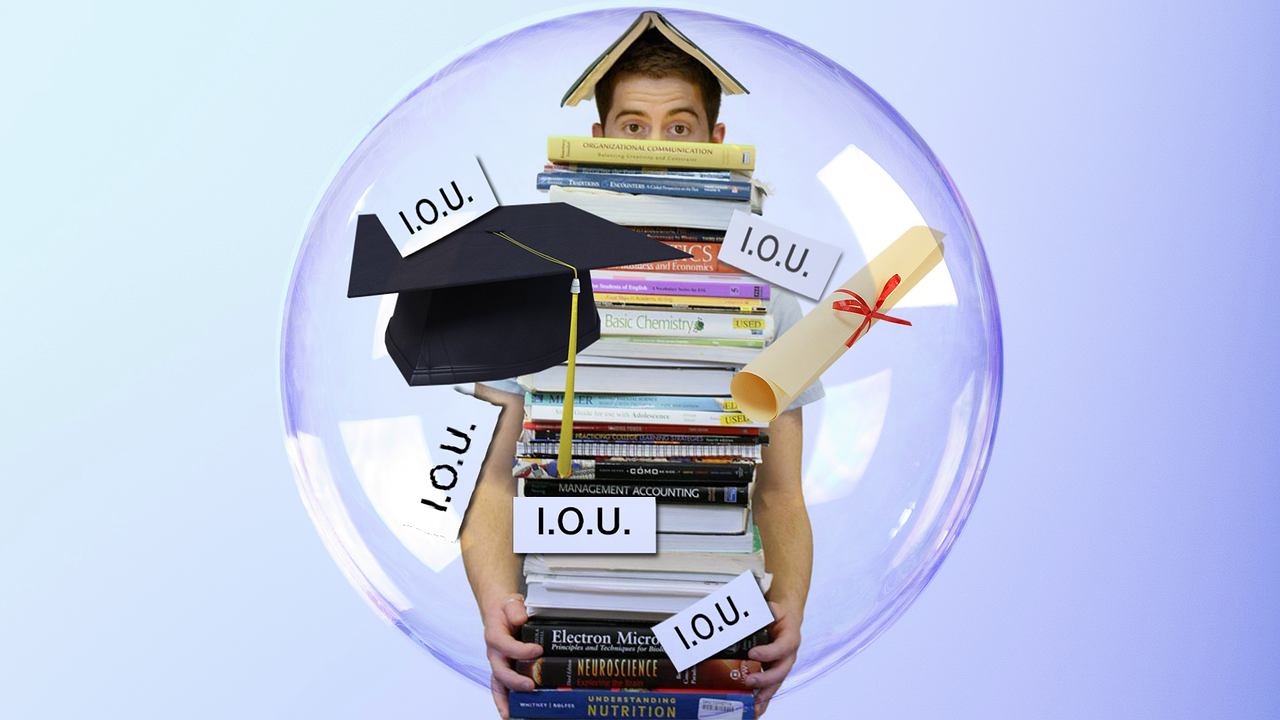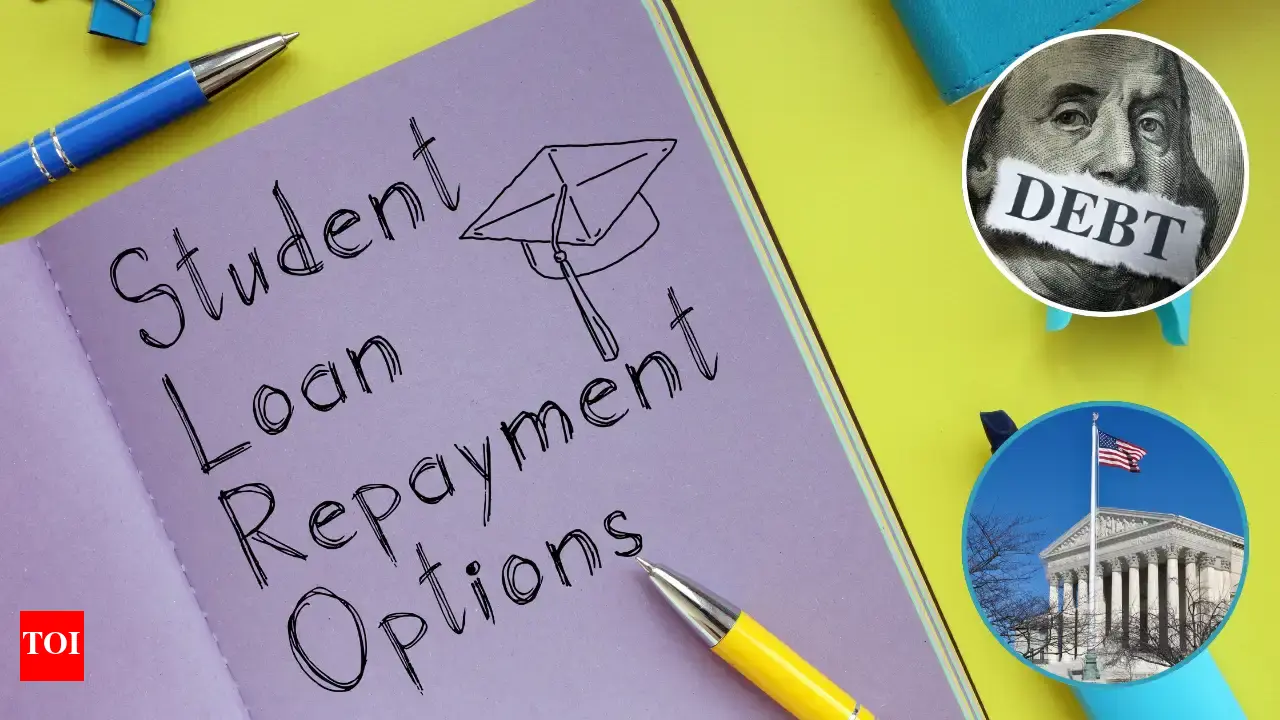Table of Contents

Higher education is seen in today’s society as an important step towards achieving financial and career stability. This blog is covered by financeinfo. The high costs of tuition, housing, textbooks and living expenses at universities can make it difficult for students and their families to reach this goal. Student loans are a popular way to finance education. These loans provide temporary financial assistance to cover education costs. However, unlike grants or scholarships, they are repaid at interest.
Understanding Student Loans
Student loans are a form of financial assistance designed to assist students in paying for their higher education. The student is required to repay the money, usually when they have completed their education. Student loans are different from other loans because they have lower rates of interest and flexible repayment terms. Some student loans may not require repayment during the time that a student is in school, or even within a grace-period after graduation. The repayment obligations, despite these benefits can be a burden if they are not properly managed.
Student Loans Types
The repayment structure and source of funding for student loans can vary. They fall broadly into two categories:
1. Student Loans from the Government
They are usually provided by regional or national governments. These loans are usually offered with favorable terms, such as low interest rates, income based repayment plans and forgiveness options for certain occupations.
Subsidized loans:
Government pays interest on the loan while the student attends school or during the deferment period.
Unsubsidized loans:
The interest accrues as soon as the loan is taken and increases the repayment amount.
2. Private Student Loans
Banks, credit unions and private lenders offer these loans. The interest rates and repayment terms tend to be more rigid. Private lenders may require co-signers, and they are not eligible for income-based repayment or forgiveness.

How Student Loans Work
The student must submit all required documents, including proof of enrollment, academic records and financial information, to begin the loan application process. The loan amount will be paid directly to either the educational institution, or the student. Some loans require interest payments during the study period while others allow for full deferment.
The repayment period usually begins following graduation or after a grace-period. Repayment periods can vary from 5 to 30 year depending on loan type. The interest rate may be variable or fixed, and unpaid interest is often capitalized, which means it’s added to the principal, increasing the amount due. The loan terms will also detail the deferment and forbearance options, as well as penalties for late payment.
The Pros and Cons of Student Loans
1. Access to Education
Students who do not have the money to pay for college can get a student loan. Many would not be able to complete university degrees or pursue professional training without this financial support.
2. Deferred Payments
The repayment of most loans is not required until after graduation. This allows students to concentrate on their studies and avoid immediate financial stress.
3. Investing in future earning potential
A college education can lead to higher earnings and better career opportunities over the course of a person’s lifetime. Debt can be viewed as an investment for the future.
4. Flexible Repayment Options
Most government loans offer repayment plans that are based on your income. Payments are adjusted if earnings are low.
5. Credit Building
Repaying your student loans successfully will establish a good credit rating, which can be useful for applying for other loans in the future, like a car or mortgage.
Student Loans in Pakistan
There are several loan programs in Pakistan that help students pay for their education. Students enrolled at public universities can apply for the National Bank of Pakistan Student loan scheme . This scheme covers tuition and textbooks but not food. The eligibility is usually based on academic merit as well as financial need.
The Higher Education Financing Scheme of the State Bank of Pakistan allows students to receive financial aid up to PKR 300.000 through commercial banks. The repayment period usually begins one year after graduating or six months following the securing of employment.
Students from Pakistan who wish to study abroad can also access platforms such as MPOWER Finance that offer loans with no collateral or cosigners. These loans are very popular with students who plan to study in the U.S. and Canada.

(FAQs)
Q. When does repayment begin?
After a grace period, usually 6-12 months after graduation, repayments begin. Some loan programs will allow deferment if a student cannot find a job.
What happens if I don’t get a job when I graduate?
During periods of financial hardship or unemployment, many lenders offer income-based repayment plans or deferment. However, interest may still accrue.
What is the difference between loans that are subsidized or unsubsidized?
Interest on government-subsidized student loans is paid by the Government. Interest accrues on unsubsidized loans from the date the loan was taken.
Can you forgive loans?
Some government loans can be forgiven by the borrower if they work in the public sector, such as education or health, for a certain period of time. Private loans do not usually offer forgiveness.
Q. Can I repay my loan early?
Most loans can be repaid early without penalty. Early repayment reduces the interest rate.
Conclusion
Student loans can be a powerful tool to help students access higher education. However, they also come with responsibilities. Student loans are a powerful tool for pursuing higher education and building a future. However, they come with responsibilities. Before committing to a student loan, borrowers should educate themselves about the terms, conditions and consequences.
